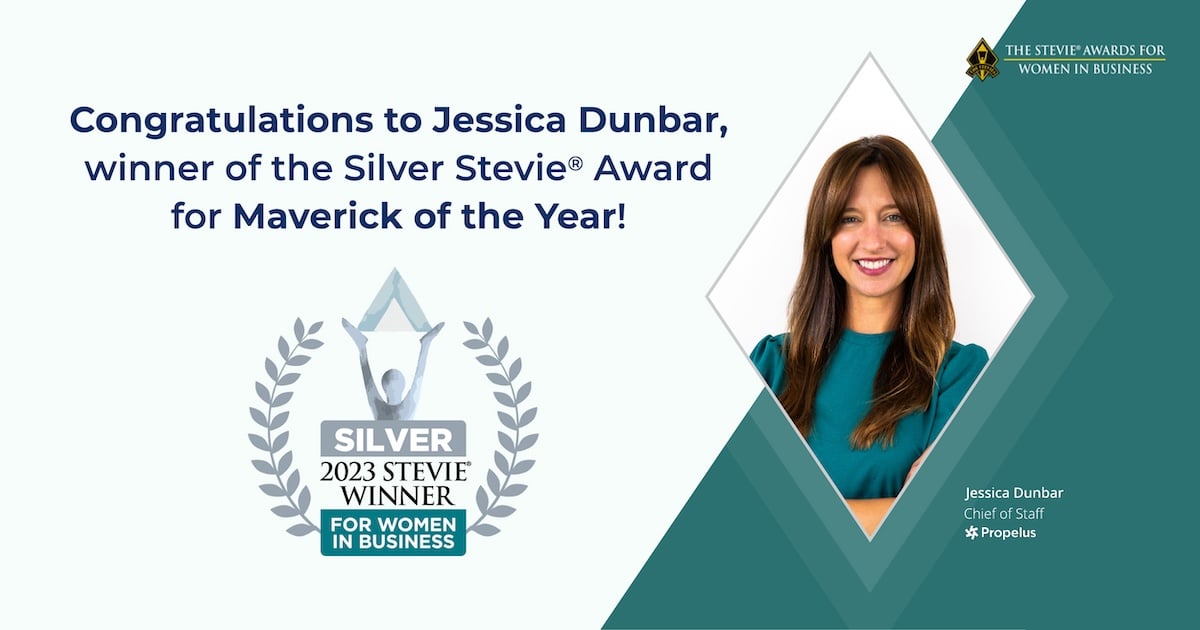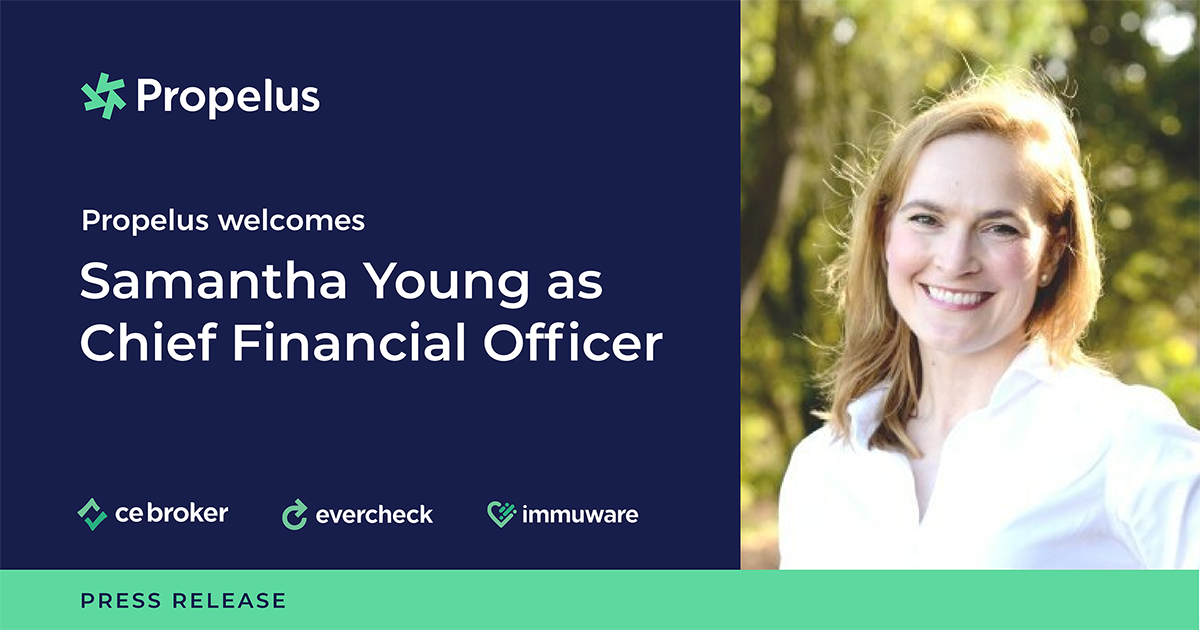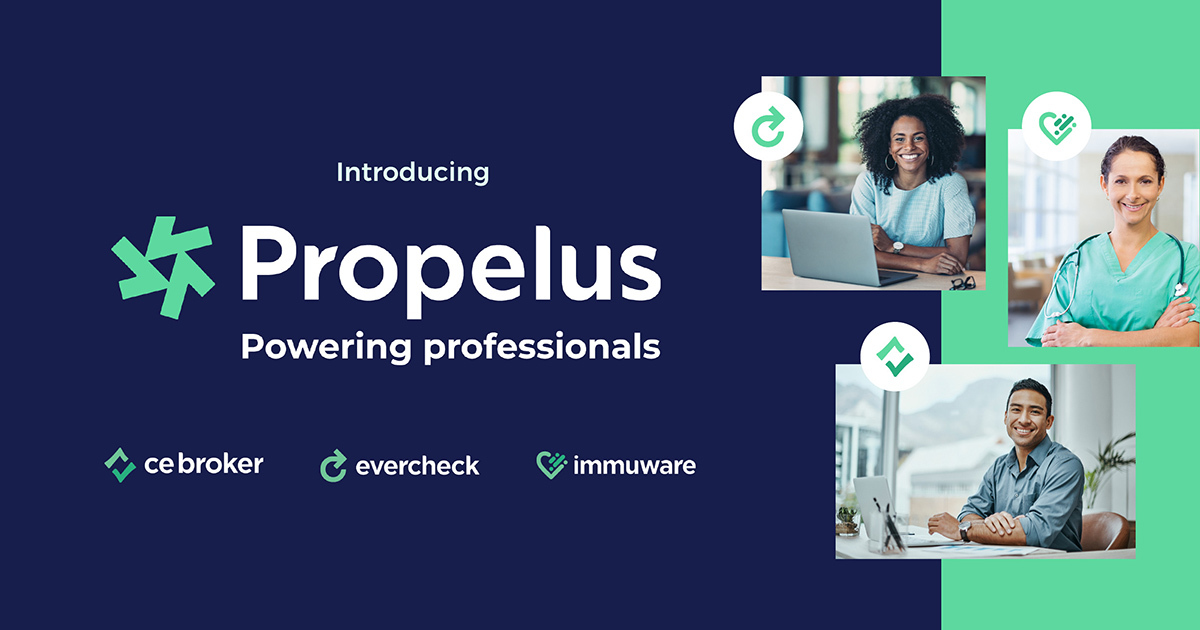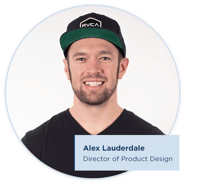 When you meet Alex Lauderdale, you immediately feel at ease. Alex, EverCheck’s Director of Product Design, is one of the best listeners you’ll ever meet. He’s adapted this talent over the years because listening to people is how to design products that work.
When you meet Alex Lauderdale, you immediately feel at ease. Alex, EverCheck’s Director of Product Design, is one of the best listeners you’ll ever meet. He’s adapted this talent over the years because listening to people is how to design products that work.
Alex worked with our CEO, Brian Solano, back in EverCheck’s early days to design one of the first iterations of our license verification product. But before EverCheck, he had an exciting career that includes achievements from a name you may be familiar with - Google. Today, Alex works with our team of Product Experts to understand the needs of our customers and design delightful technologies that transform the way healthcare professionals do their jobs.
We recently sat with Alex over Zoom to discuss the evolving nature of software, the impact of good design, and how he specifically designs with a healthcare workforce in mind.
Q | How did you get into the design field? Have you always had an interest in art and/or design?
A | I've been interested in art and design ever since I was young. I was especially fascinated with the layouts of comic books and magazines. For some reason, the way that the pieces all fit together has always intrigued me. My dad used to teach dog obedience classes (which were pretty boring to sit through as a little kid), so I'd grab some paper and create my own stories and illustrations.
I think that just kind of blossomed into thriving in art class and was always curious about what medium I could experiment with next. Going into college, I knew that I wanted to study art, but I didn't know much about graphic design. As soon as I stumbled onto that, I thought, “Okay, this is what I'm born to do.”
Q | Your design savvy landed you a job at Google. What was that experience like?
A | When Google reached out to me, I had been working at a company called Gloo for about 5 years and had no plans of leaving. It was Google, so I thought I’d give it a shot. I ended up landing a job on the AdWords team. I moved out to the main campus, Mountain View, and it was phenomenal. When I got there, I was surprised at how much I knew, if that makes sense. I gained a lot of confidence in my own abilities in the design field and was able to progress in that regard.
AdWords is one of the most complex pieces of software in the world, so just to be able to prove to me that I had what it takes to contribute was the most valuable thing that I could have gained from my experience there.
Q | How did you make the decision to leave your job at Google and come work with EverCheck?
A | Brian Solano (EverCheck CEO) and I have been working on projects together since before I was at Google. He actually had me design one of the first versions of EverCheck. I’ve always appreciated how much Brian values design. It's a gift to be able to work in an environment where your boss understands and values the role design plays and puts it at the forefront of what we do. Also, I love the challenges that we're solving - I think there's a tangible, real mission where we can make the lives of our healthcare heroes a little bit easier.
I knew that the opportunity to work with EverCheck was one that I should take, and I've never looked back.
"It's a gift to be able to work in an environment where your boss understands and values the role design plays and puts it at the forefront of what we do."
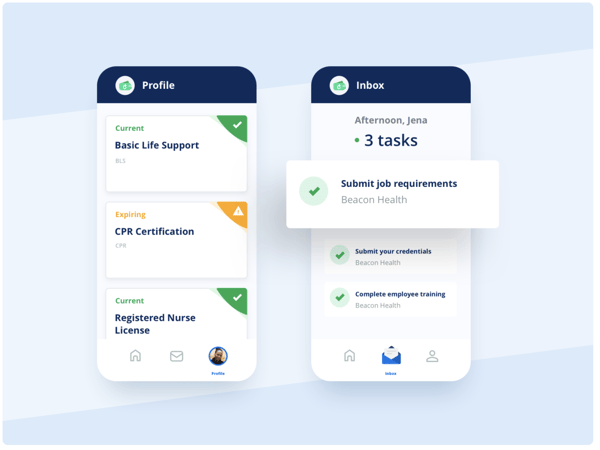
Q | Where do you look for design inspiration? And how do you keep up with the changing standard for what is considered “good” design?
A | For me, it's about being curious. I'm lucky that I love what I do so much- I live and breathe it. I consider it kind of like a playground. I'm the nerd who will go sign-up for products just to see how they designed their dashboard. I think by constantly being curious about what's out there and what other products are doing, you're able to keep up with where things are heading.
And you have to be careful with trends. I learned the hard way throughout my career that if you copy some trend because you like the way it looks, you often misunderstand why that particular design element was used in the first place. Then, your user experience doesn’t make sense because you tried to fit a square peg into a round hole. It’s important to remember that design is problem-solving, and there should always be a reason for why and how you do something.
Q | Healthcare faces its own unique set of challenges. When you're designing for EverCheck, how do you design with healthcare in mind?
A | I think on the one hand, we're all human. So I try to approach it the same way that I would have approached it at Google or in any other regard. That means putting myself in the user’s shoes. I always try to think to myself, well, if I'm a licensee or a healthcare HR or Medical Staff professional, what will be my mindset when I sit down and use our product?
"I’m really just trying to give these people an experience that's just above and beyond anything that they've seen before and bake a little bit of delight into it as well."
Building on that specifically for healthcare, I've noticed that many facilities may not have the most up-to-date technology. We have to keep that in mind when designing the platform, and we can combat things like old computer monitors by bumping up the color contrast and making the text a bit bolder, so it’s easy to see.
Q | How has the EverCheck platform evolved over the years?
A | EverCheck has really evolved from a single product, license verification, into a full platform of healthcare solutions. Now with the EverCheck Clear To Work™ platform, we can solve problems for HR, Talent Acquisition, and Education teams from a single place. And then I think when you end up with a platform, you really have to be disciplined about the type of design system you use. While you’re solving different problems with each application, you want the experience to feel familiar for users who may jump from application to application.
As we evolve from product to platform, I think we’ve done a really fantastic job with our design framework to achieve the level of consistency and clarity we want.
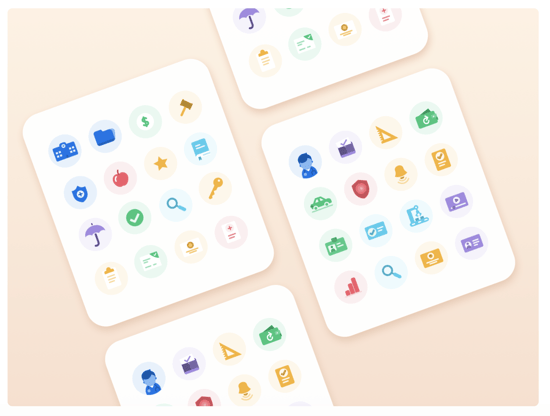
Q | You have a saying when it comes to software design, “It’s never done, only due.” Can you explain where that comes from and why it’s relevant to you?
A | I interviewed with Facebook many years back, and I remember this conversation that I had with my mom. She said, “Why are you interviewing at Facebook, isn’t Facebook already done?” And I think that a lot of people view products that way. You create it, and then it’s done. But that’s not the nature of software.
You'll always have deadlines and the next iterations of the product you want to launch. But, by constantly observing the way people use your product, you identify pain points and see that there's a way to make it better. There's always that next feature iteration that could bring somebody more delight. Or, maybe there’s a feature that isn't getting used, and you know that can be taken away.
“It’s never done, only due” is simply acknowledging that products are always evolving for the better.
Q | What’s something that’s been on your mind lately?
A | As you know, 2020 has been quite an interesting year. You could look at it like the world is ending or that things are falling apart, but I don't necessarily see it like that. I think that sometimes you just have a series of unfortunate events that take place. It does make me think about the new normal and where we go from here, especially in the design world. We have more people working from home now than ever, so it’s very interesting to think about how that impacts the user experience with our products.
--
Click here to meet the rest of the EverCheck team!


